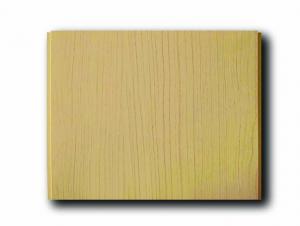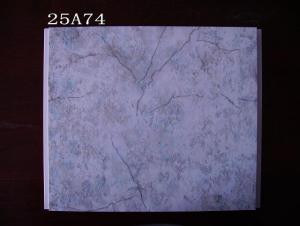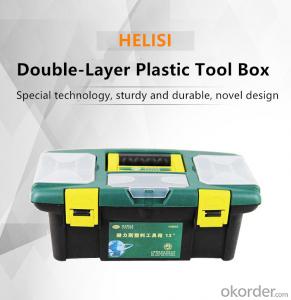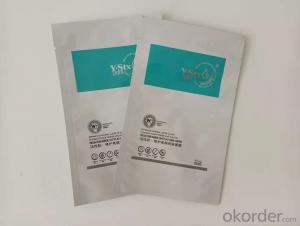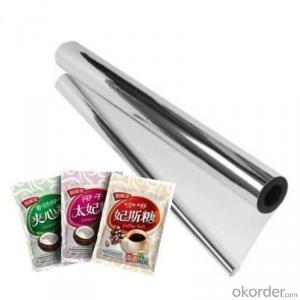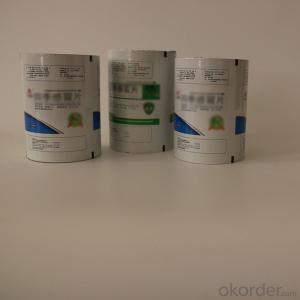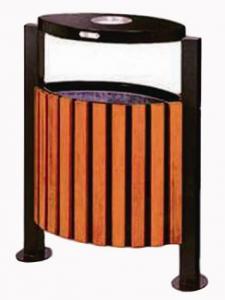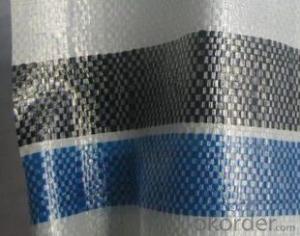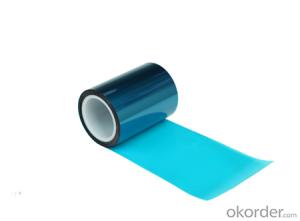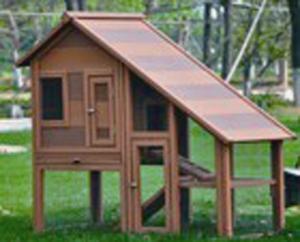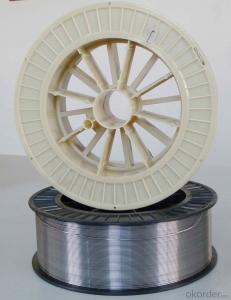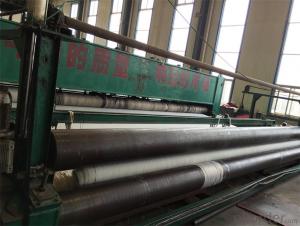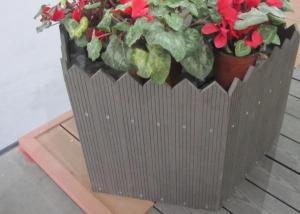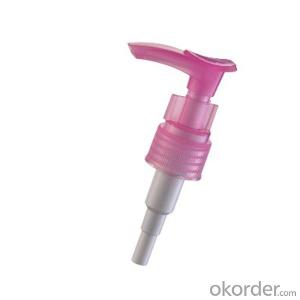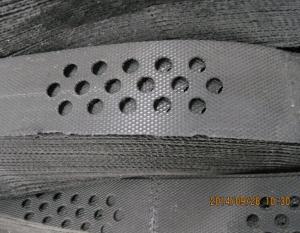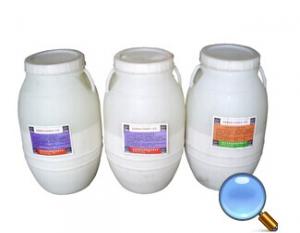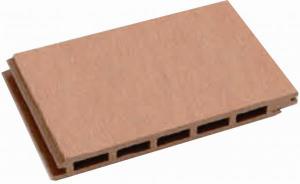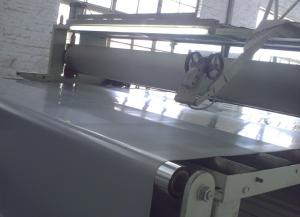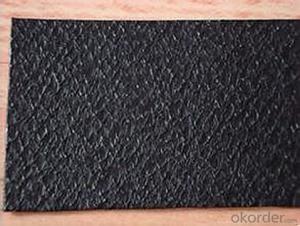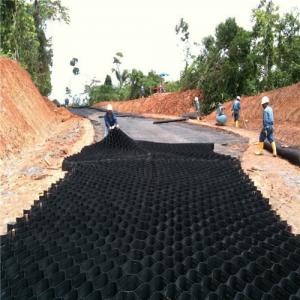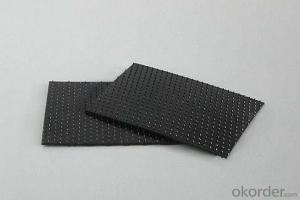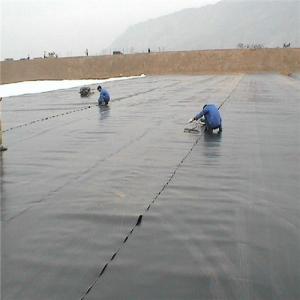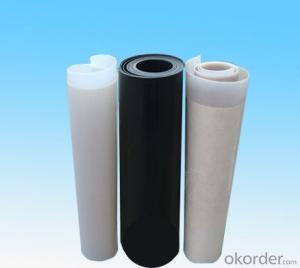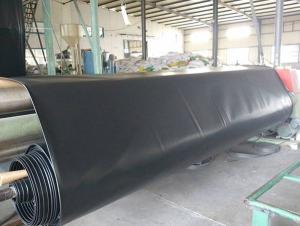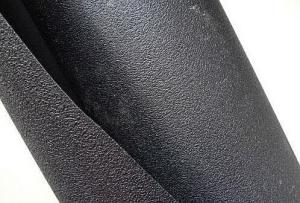Protective Plastic Sheeting
Protective Plastic Sheeting Related Searches
Primer For Galvanized Steel H S Code For Stainless Steel Wd 40 For Stainless Steel Spray Paint For Stainless Steel Drill Bits For Stainless Steel Sponge For Stainless Steel Caulking For Stainless Steel Steel Vessels For Kitchen Best Solar Inverter For Home Led Table Lamps For HomeHot Searches
Steel Mesh Panels For Sale Price For Stainless Steel Scrap Scrap Price For Stainless Steel Cheap High Tea Sets For Sale Stainless Steel Tanks For Sale High Density Fiberboard For Sale Solar Hot Water Collectors For Sale Scaffolding For Sale In Uae Scaffolding For Sale In Ireland Scaffolding For Sale In Houston Type Of Inverter For Solar Price Of Shipping Containers For Sale Stock Price For Aluminum Used Solar Inverter For Sale Portable Led Signs For Sale Stone Hot Water Bottles For Sale Large Led Screens For Sale Used Aluminum Scaffolding For Sale 1/4 Aluminum Plate For Sale Pvc Chairs For SaleProtective Plastic Sheeting Supplier & Manufacturer from China
Okorder.com is a professional Protective Plastic Sheeting supplier & manufacturer, offers integrated one-stop services including real-time quoting and online cargo tracking. We are funded by CNBM Group, a Fortune 500 enterprise and the largest Protective Plastic Sheeting firm in China.Hot Products
FAQ
- Yes, geomembranes are designed to be resistant to weathering. They are typically made from durable materials such as high-density polyethylene (HDPE) or polyvinyl chloride (PVC) that can withstand prolonged exposure to various weather conditions, including UV radiation, extreme temperatures, and moisture. This resistance to weathering ensures the long-term performance and effectiveness of geomembranes in various applications such as lining landfills, ponds, and reservoirs.
- Some considerations for geomembrane welding techniques include the type and thickness of the geomembrane material, the specific welding method being used, the environmental conditions at the welding site, the required strength and integrity of the weld, and any regulatory or industry standards that need to be met. It is important to select the appropriate welding technique that ensures a strong and reliable seam, while also considering factors such as operator skill, equipment availability, and project timeline.
- Geomembranes contribute to landfill closure by providing a barrier that prevents the migration of leachate and gases from the landfill into the surrounding environment. They act as a protective layer that prevents pollution of soil and groundwater, ensuring the long-term integrity and safety of the landfill. Additionally, geomembranes help with the stabilization of landfill slopes, reducing the risk of erosion and landslides.
- nan
- Water proof geotextiles can protect the embankment and dam from the impact from the water outsides. Seepage control means prevecting the water insides from getting out. For example, impervious barriers should be laid in landfills to prevent the diffusion of sewage and noxious substance.
- Yes, geomembranes are generally resistant to frost heave due to their low thermal conductivity and ability to withstand freezing temperatures.
- Geomembranes play a crucial role in landfill capping by acting as a barrier to prevent the release of harmful substances into the environment. They are placed on top of the landfill, effectively sealing it off and preventing the contaminants from leaching into the soil and groundwater. This helps to protect the surrounding ecosystems and human health while also preventing the spread of odors and gases from the landfill. Additionally, geomembranes can provide stability to the landfill cap, preventing erosion and ensuring the long-term integrity of the waste containment system.
- nan
- Warm reflective film is very good. It is commonly known as "aluminum foil" or "tin foil". But strictly speaking, it is not real "aluminum foil" or "tin foil". In fact, it is a kind of product made of high vacuum aluminum?laminated?films, paper, cloth and other insulation materials. Warm reflective film is the key part of the floor heating system which ensures comfortable temperature of floor and improves the heat reflection and radiation.
- nan
- DMD geomembrane two cloths film one film D non-woven fabrics M PVC plastic film





